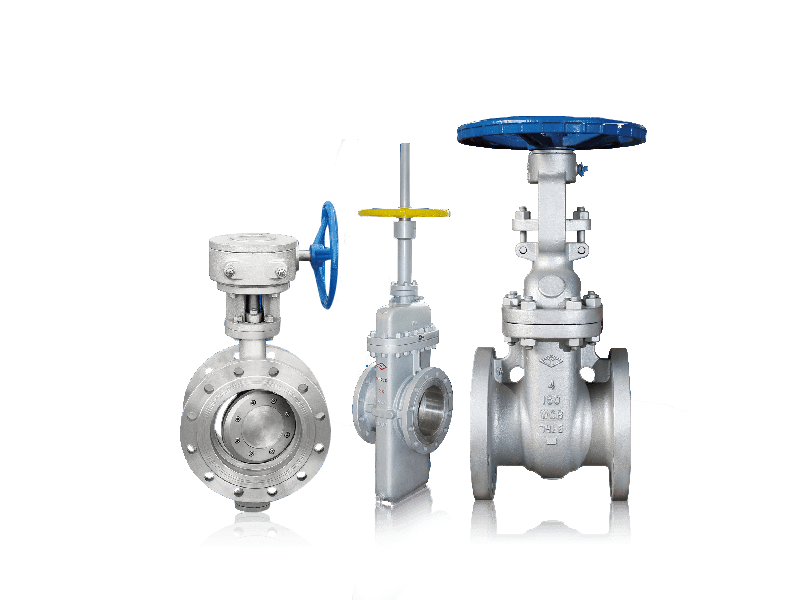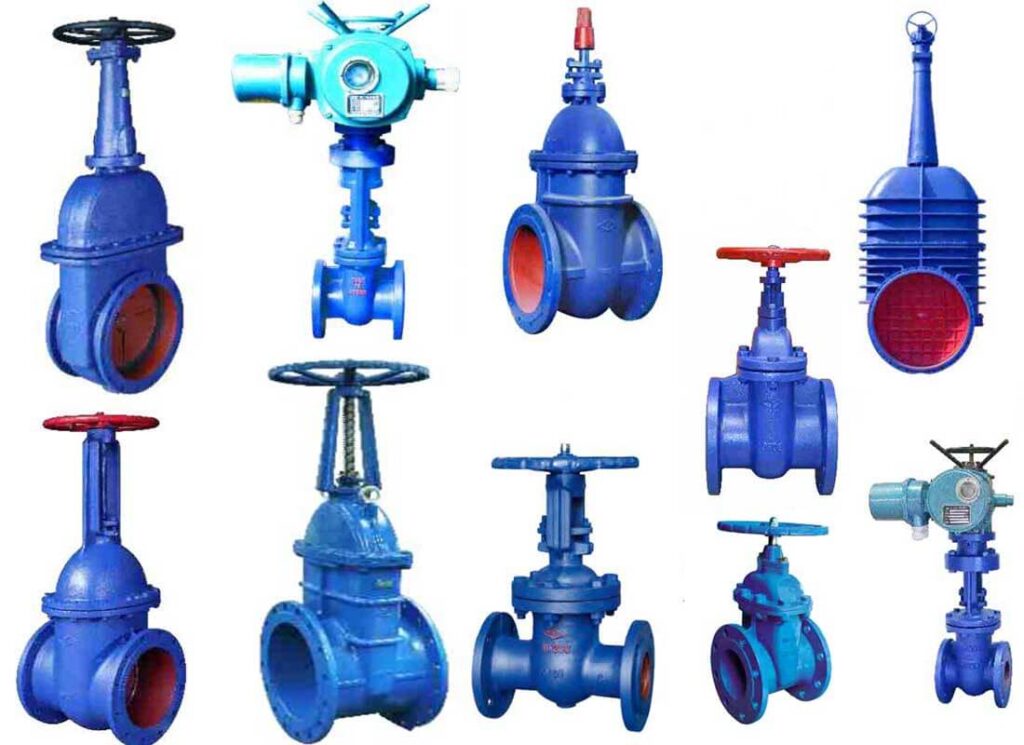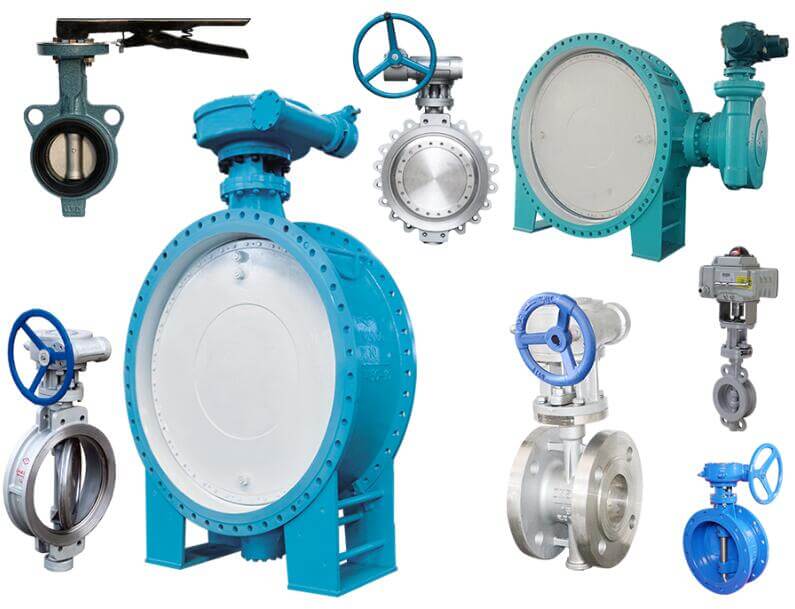Два конструкции клапана, которые часто учитываются задвижка против дроссельной заслонки. Хотя оба служат цели регулирования потока, они существенно отличаются по конструкции, операция, и эксплуатационные характеристики. Как опытный эксперт по клапанам, Меня часто просят предоставить руководство по выбору наиболее подходящего типа клапана для различных промышленных приложений. Выбор между этими двумя типами клапанов требует глубокого понимания их соответствующих сильных сторон и ограничений.

Задвижки: Надежные и надежные рабочие лошадь

Клапаны ворот долгое время были признаны надежными и надежными рабочими лошадями в индустрии клапанов. Их конструкция имеет клинообразные затворы, которые перпендикулярны пути потока, обеспечение полнопроходного отверстия в открытом положении. Эта характеристика сводит к минимуму сопротивление потоку, что делает задвижки отличным выбором для применений, где падение давления является критической проблемой., например, в системах водоснабжения, нефте- и газопроводы, и объекты электрогенерации.
Одним из ключевых преимуществ загибающих клапанов является их способность обеспечить плотное уплотнение, когда в закрытом положении, обеспечение эффективных возможностей отключения. Они также известны своей двунаправленной возможностью потока, что позволяет им управлять потоком в любом направлении, Делать их универсальными для применений, где может произойти изменение потока.
Однако, задвижки имеют некоторые ограничения. Они обычно требуют более высокого рабочего крутящего момента по сравнению с другими типами клапанов, что может сделать их менее подходящими для применений, требующих частой эксплуатации.. Кроме того, задвижки не рекомендуются для дросселирования, Поскольку частично открытое положение может вызвать эрозию и повреждение компонентов клапана с течением времени.
Поворотные заслонки: Компактные и экономически эффективные решения

Поворотные затворы, с другой стороны, Предложите уникальную комбинацию компактного дизайна и экономической эффективности. Эти клапаны имеют круглый диск, который вращается на стебле, позволяя диску выровнять путь потока в открытом положении и перпендикулярно потоку в закрытом положении.
Одним из ключевых преимуществ клапанов бабочек является их легкая и компактная конструкция, что облегчает их установку и обслуживание, особенно в приложениях с ограниченными пространством. Они также относительно недороги по сравнению с другими типами клапанов, сделать их привлекательным вариантом для бюджетных проектов.
Клапаны бабочек хорошо подходят для приложений, которые требуют частых услуг по эксплуатации или дросселированию, Поскольку их конструкция обеспечивает плавную и эффективную работу с минимальными требованиями к крутящему моменту. Однако, У них есть ограничения с точки зрения давления и температурных возможностей, а также их способность обеспечить жесткий отключение, особенно в больших размерах или при обработке определенных типов средств массовой информации.
Оценка оптимального выбора
При выборе между затворенными клапанами и клапанами бабочек, Крайне важно рассмотреть конкретные требования приложения, включая такие факторы, как условия давления и температуры, Характеристики потока, потенциал для эрозии или коррозии, и необходимость жесткого отключения или двухнамеренного управления потоком.
В приложениях, где высокое давление, экстремальные температуры, или требуется двунаправленный контроль потока, Клапаны часто являются предпочтительным выбором из -за их надежной конструкции и надежной производительности. Они обычно используются в таких отраслях, как нефть и газ, выработка энергии, и системы распределения воды.
Поворотные затворы, с другой стороны, хорошо подходят для приложений, которые приоритет экономической эффективности, частая работа, или возможности дросселя. Они обычно встречаются в таких отраслях, как химическая обработка, целлюлоза и бумага, и системы отопления, вентиляции и кондиционирования, где ценится их компактная конструкция и эффективная работа.
Авторитетные производители клапанов любят Farpro Yuanda Производитель промышленных клапанов Предложите широкий спектр как клапанов ворот, так и клапанов бабочек, спроектирован и изготовлен в соответствии с самыми высокими отраслевыми стандартами и ожиданиями клиентов. Как эксперт по клапанам, Я рекомендую тщательно оценить конкретные требования к приложениям и консультироваться с опытными специалистами, чтобы обеспечить оптимальный выбор клапана для каждого проекта.
